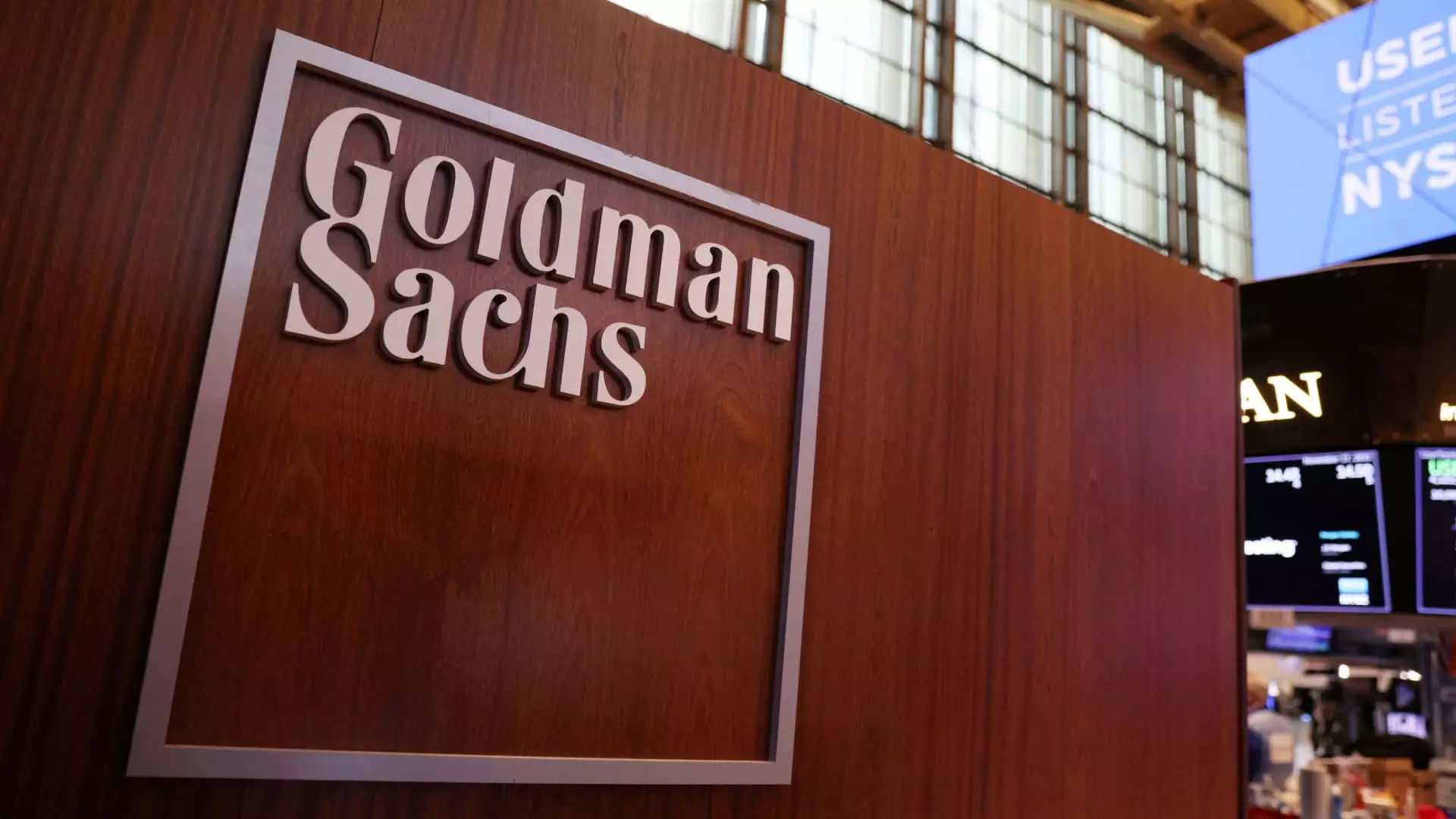The recent buzz about banks like Goldman Sachs deploying autonomous AI programs such as Devin to replace human developers prompts a critical reevaluation of what this truly signals. For all the hype surrounding AI’s capacity to revolutionize work, a sober analysis reveals that much of this narrative is a carefully crafted illusion. The promise of AI transforming industries and quadrupling productivity is seductive, yet it oversimplifies the complex human dimensions essential to meaningful work and societal stability. While corporations trumpet the efficiency gains, the underlying truth remains: AI’s real goal isn’t workforce enhancement but cost-cutting and control.
This shift towards automated labor, cloaked in the language of innovation, often disregards the profound human costs—job security, community cohesion, and the dignity of skilled labor. Instead of a human-AI collaboration fostering mutual growth, what we are witnessing is a strategic move by corporations eager to maximize profits at the expense of job stability. The narrative of AI as a benign helper quickly erodes when we scrutinize its intended endgame: an increasingly insidious reduction of employment opportunities and an erosion of workplace agency.
The Dangerous Illusion of a “Hybrid Workforce”
Goldman Sachs’ vision of a “hybrid workforce”—where AI and humans work side by side—is ultimately a smokescreen. On paper, it sounds utopian, emphasizing collaboration. In reality, it’s a strategic approach to normalize AI dominance in the workplace, subtly shifting the responsibility burden onto workers who are expected to master prompt engineering and oversee metrics of autonomous agents. This framing masks the growing reality that AI is not just augmenting jobs; it is rapidly replacing them.
What most fail to discuss is how this “hybrid” model could turn into a fertile ground for exploitative labor practices. Workforce flexibility, in this context, risks becoming a euphemism for gig-like precarity, where workers are increasingly expected to act as AI supervisors with minimal job protections. Moreover, the narrative undermines the essential human skills—critical thinking, emotional intelligence, ethical judgment—that cannot be replicated by code. Overreliance on automated systems fosters a dangerous devaluation of human expertise, reducing the workforce to mere overseers of logic circuits.
Technological Hubris or Societal Reckoning?
The swift integration of AI like Devin into high-stakes financial institutions reveals a troubling hubris among corporate elites. The assumption that AI can handle complex multi-step jobs as competently as humans ignores the nuanced understanding, moral judgment, and adaptability that skilled professionals bring to the table. It’s an overconfidence rooted in Silicon Valley’s often unchecked optimism, which blurs the line between technological potential and societal cost.
Statistics indicating that AI might generate a sizable fraction of code at tech giants sound impressive but mask a deeper erosion of technical artistry and craftsmanship. Software development was once a craft that required deep understanding, creativity, and ethical responsibility. Now, the narrative shifts towards viewing engineers as prompt engineers—verbal interfaces rather than problem-solvers. This diminishes the value of human expertise and reduces coding to a task interchangeable with automation.
Real Power Dynamics and the Cost to Society
The undercurrent of this AI adoption movement is driven not solely by a desire for efficiency but by power consolidation. Wealthy investors, multinational corporations, and financial giants are eager to capitalize on AI’s promise, knowing it can streamline operations and suppress labor costs. The trickle-down effect—fewer jobs, increased inequality—is the true outcome of such technological undertakings.
From a socio-political lens, this rush toward AI-driven automation exacerbates systemic inequalities, risking the creation of a two-tier economy where a shrinking middle class supplants traditional manufacturing and service sectors. AI threatens to deepen existing disparities, with only a small elite benefitting from new technological wealth, while vast swathes of workers face precarity or outright displacement. This outcome is especially troubling for a liberal society that values social cohesion and fair opportunity.
A Call for Cautious Progress
While the center-left might traditionally embrace technological progress, it must do so with a critical lens—questioning who benefits and who bears the costs. Instead of blindly embracing corporate-driven AI expansions, policymakers and civil society should advocate for protections that safeguard jobs, skill development, and fair wages. True progress involves not just technological capability but also ethical stewardship, ensuring that automation acts as a catalyst for human empowerment, not exploitation.
The concept of a “hybrid workforce” should be more than a marketing veneer. It must be rooted in principles of worker dignity, equitable distribution of technological gains, and societal resilience. As AI continues to shape the future of work, integrating moral and social considerations is paramount. Otherwise, we risk unlocking a future where technological advancements serve the interests of a few at the expense of the many, deepening societal divides and undermining democratic values.


Leave a Reply